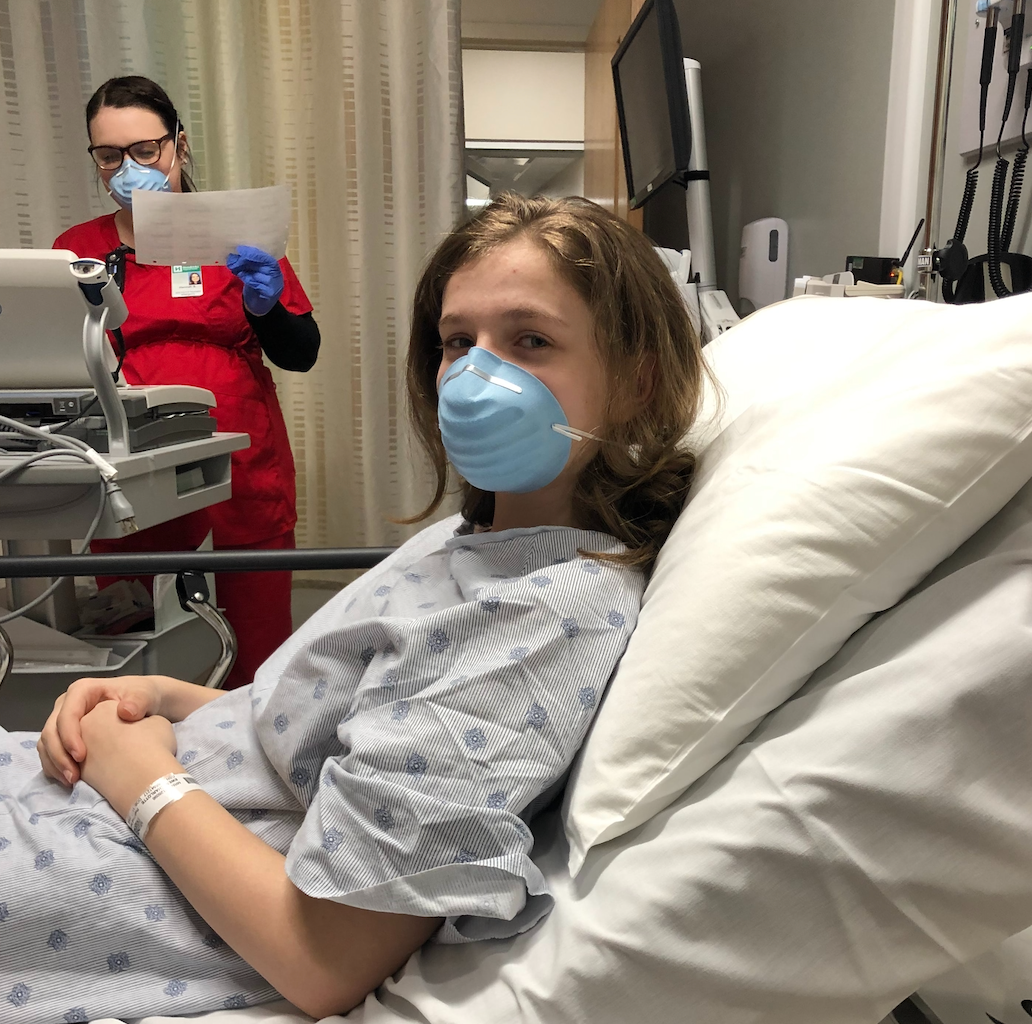MIS-C Review Finds Severe Symptoms, Low Fatality Rate
A review of approximately 1000 children with multisystem inflammatory syndrome (MIS-C) from SARS-Cov-2 finds low fatality with aggressive treatment.

A systematic review of reports comprising almost 1,000 children affected with multisystem inflammatory syndrome (MIS-C) subsequent to SARS-CoV-2 infection details its presentations and finds that aggressive treatment has kept the fatality rate low.
"The initial descriptions exposed important clinical heterogeneity, partially overlapping with features of Kawasaki disease or toxic shock syndrome, but nevertheless distinct from these known inflammatory conditions," observed Levi Hoste, MD, Department of Pediatric Pulmonology, Infectious Diseases and Immunology, Ghent University Hospital, Ghent, Belgium, and colleagues.
Hoste and colleagues found that scattered case reporting had provided insufficient insight into clinical, epidemiological, immunological and prognostic characteristics of this novel pediatric COVID-19-associated phenotype; and so undertook what they describe as the most extensive systematic review of published reports on the syndrome.From an initial 918 publications in their literature search, they identified 68 studies published after May 9, 2020 (their review went to preprint in August), which comprised 953 individual patient cases (8 years median age).
Comorbidities were rare, except for obesity (25.3%).The principle presentations of MIS-C were fever (99.4%), gastrointestinal (85.6%), cardiocirculatory manifestations (79.3%) and increased inflammatory biomarkers.Although MIS-C is not associated with the pulmonary manifestations typical of COVID-19, the reviewers also found respiratory symptoms in 50.3% of these children.
While the condition is relatively rare, the severity is reflected in over half of patients (56.3%) presenting with shock and most (73.3%) requiring intensive care treatment, including extracorporal membrane oxygenation (ECMO) in 3.8%.Prompt, intensive treatment has succeeded in keeping the morality rate to a relatively low 1.9%.
Therapeutic interventions included intravenous immunogloblins (IVIG) in 75.9%; and multiple doses were administered to 73 of the 662 patients (11%).Acetylsalicyic acid was received by 52.3%; with high, anti-inflammatory dosages of 80-100mg/kg/day received in 39/171 (22.8%).Heparin was administered in 46% of cases.
Biopharmaceuticals included IL-1R antagonist (anakinra) 7.6%; IL-6 inhibitors (tocilizumab/siltuximab) 6.7%, and TNFα-inhibitor (infliximab) 2.3%.Remdesivir, which is FDA approved for COVID-19 in hospitalized adult and pediatric patients, was rarely prescribed for MIS-C (2.3%).Inotropics were required by 55.3%.Mechanical and non-invasive ventilation was initiated in 23.6% and 25.8%, respectively.
"It remains challenging to recognize this heterogeneous disease in daily clinical practice,"Hoste and colleagues observed."Prompt recognition is pivotal to insure a good individual prognosis."
In recently updated, interim guidance on MIS-C, the American Academy of Pediatrics (AAP) recommends that any child with suspected MIS-C should also be evaluated for infectious and noninfectious etiologies.In that guidance, which is also referred to in a "Partner Update" from the CDC, the AAP stresses that any fever that is accompanied by symptoms that are concerning in their severity or coincident with exposure to a person with COVID-19 should raise suspicions.
The AAP indicates that a child sick enough to warrant hospital admission with suspected MIS-C should be cared for in a hospital with tertiary pediatric/cardiac intensive care units.Diagnostic testing is likely to include chest radiography, EKG and troponin.If these or physical examination is abnormal, subsequent diagnostic testing for myocardial injury wouldinclude echocardiogram and/or cardiac MRI by pediatric cardiology.
The CDC urges healthcare providers to report suspected cases to their local, state, or territorial department.After-hours phone numbers for health departments are available at the Council of State and Territorial Epidemiologists website.
